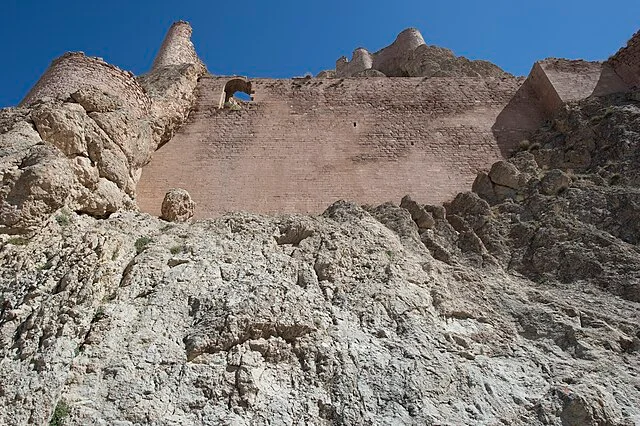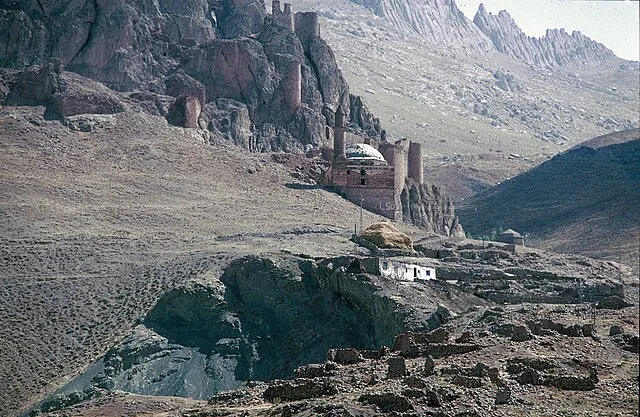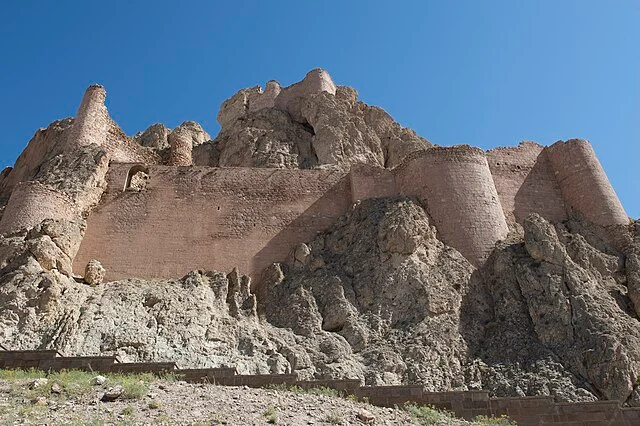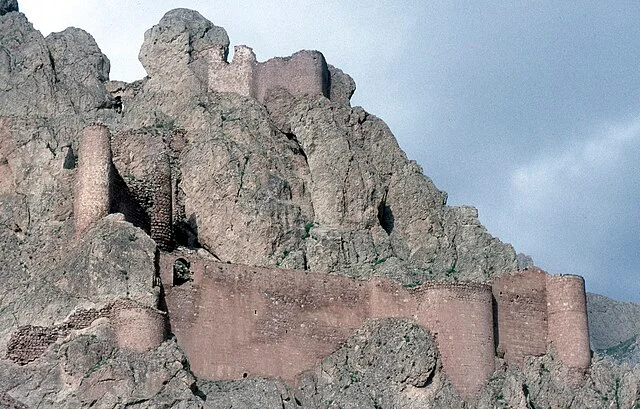Dogubayazit Castle is an important historical site located in the Dogubayazit district of Ağrı Province, eastern Turkey. This castle offers significant insight into the region’s military and political history, especially its strategic importance during various periods.
Get your dose of History via Email
Historical Background

The castle’s origins date back to ancient times, though the precise date of its construction remains uncertain. Some historians suggest it may have been built as early as the Urartian period, around the 8th century BC. Later, it was reinforced and expanded during the medieval period by the Armenian and Ottoman Empires. The castle was ideally located to control trade routes and defend against invasions.
Ottoman Period
During the Ottoman Empire, Dogubayazit Castle served as a key military stronghold. Sultan Selim I used it as a base in his campaigns against the Safavids in the early 16th century AD. The Ottomans reinforced the structure with additional fortifications, allowing it to withstand numerous sieges. Its location provided a strategic advantage, controlling the access to both eastern Anatolia and the Persian territories.
Architecture

Dogubayazit Castle reflects the architectural styles of various empires that controlled the region. The structure contains remnants from different periods, including Urartian, Armenian, and Ottoman. The most significant additions were made during the Ottoman era. The walls were reinforced with local stone, and the watchtowers provided a panoramic view of the surrounding plains, crucial for military defense.
Strategic Importance

Dogubayazit Castle’s location on a high hill gave it a commanding view of the plains below. It allowed rulers to monitor trade routes, especially those linking Persia and Anatolia. Because of this, it became a contested site during several military conflicts. The castle played a vital role in regional defense and control of trade and transportation in eastern Anatolia.
Decline and Current Condition

By the 19th century, the castle had lost much of its strategic significance due to changing military technology and political dynamics. As artillery became more advanced, hilltop fortresses like Dogubayazit Castle became less effective. Over time, the structure fell into disrepair. Today, the castle is a historical site open to visitors, though much of it lies in ruins. Conservation efforts are ongoing to preserve what remains of this important piece of history.
Conclusion
Dogubayazit Castle is a testament to the region’s rich history and strategic importance. It served multiple empires over the centuries, providing both military and economic control. Though now largely in ruins, the castle remains a key historical site, offering valuable insights into the past of eastern Anatolia.
Source:

